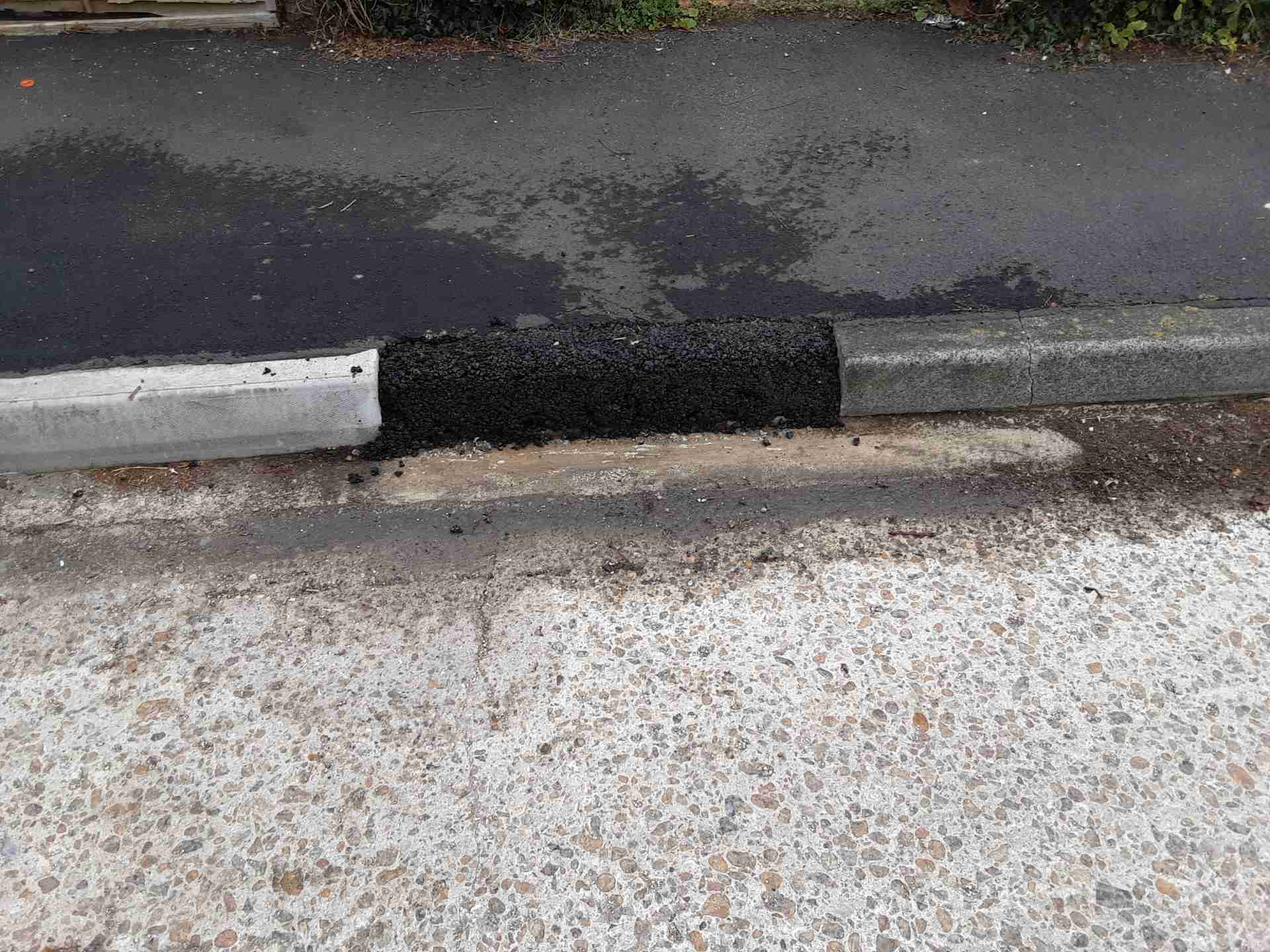How we prioritise highway issues
On this page you can find:
We are responsible for maintaining roads and pavements on our network. This includes 5,000 miles of road, nearly 4000 miles of Public Rights of Way, more than 1,500 structures and over 128,000 street lighting columns.
We carry out regular inspections of roads, pavements and Public Rights of Way network, but we know that issues may come up between these inspections.
You can tell us about an issue using our reporting tool, this is what we refer to as an enquiry.
Some problems like abandoned vehicles and street cleaning must be reported to your local district, city or borough council.
What we do after you tell us about an issue
Once you've told us about an issue, we'll look at what information you provided to work out the next steps. What we do next and how long it takes to fix it depends on the location, type of issue and how serious it is.
How we assess and prioritise issues
If an issue meets our minimum requirements it will be recorded as a defect on our risk register, defects are giving a risk factor score as described below.
‘Make safe’ interventions
When councillors, members of the public and our inspectors identify and report potholes and other issues, we assess them. The highest risk problems need to be dealt with urgently, for public safety. For these most urgent repairs, usually we don’t have time to book a permit to close the road, order traffic management (cones, temporary traffic lights or barriers) and get together all the equipment and hot asphalt, so we must fix the issue quickly with the cold material the call-out crew carries on their truck.
The on-call crew only carry a limited number of tools and materials in the response vehicle, such as a small number of cones and signs, plus cold asphalt material to fill a pothole, or replace a missing kerb, which they can quickly fill in and tamp it down to make it safe for a temporary period. With other problems, all we can do on the spot is put cones, barriers and signs on site to warn drivers and other road users – for instance if there is a missing gully or manhole cover.
We call these repairs ‘make safes’ – watch our video, that explains more about this type of urgent intervention.
 Make safe intervention for missing kerb
Make safe intervention for missing kerb
Risk Factor Score
The risk factor is the combination of consequence and likelihood assessments multiplied together, in that order. This will produce a range of scores from 1 to 16. It is this score that identifies the seriousness of the risk and consequently that appropriate level of response.
|
|
|
Likelihood
|
|
|
|
High
4
(over 80%)
|
Medium
3
(61-80%)
|
Low
2
(41-60%)
|
Very Low
1
(up to 40%)
|
|
Consequence
|
Negligible
1
|
4
|
3
|
2
|
1
|
|
Minor
2
|
8
|
6
|
4
|
2
|
|
Noticeable
3
|
12
|
9
|
6
|
3
|
|
Serious
4
|
16
|
12
|
8
|
4
|
Programmed repairs
The vast majority of reported defects are not assessed as urgent and are put into a programme of work. Following the risk assessment, the defect will be categorised from Priority 1 (S1) to Priority 4 (S4). The timescale for the repair depends on the risk assessment and which type of road the pothole is on – County Routes (A, B and some C roads) and Local Routes (majority of C and unclassified roads). View the map at the bottom of this page. County Routes are shown in red and blue on the map.
The table below shows the different classifications of defects and the response time for repair.
|
|
|
Priority 1 (S1)
Score 16
|
Priority 2 (S2)
Score 8-12
|
Priority 3 (S3)
Score 4-6
|
Priority 4 (S4)
Score 1-3
|
|
Response
Time
|
County Route
carriageways and
footways
|
2 hours*
|
2 working days*
|
Defect to be considered for repair as part of the planned maintenance programme
|
Presumption not to undertake repair within a stated time period
|
|
Local Route
carriageways and footways
|
5 working days*
|
|
Non-carriageway
or non-footway
assets
|
If an S2 defect is in the carriageway the response time will be inherited from the carriageway hierarchy S2*
If the S2 defect is in the footway the response time will be inherited from the footway hierarchy S2*
|
*Where a S1 or S2 defect may require follow up treatment to affect a permanent repair, this will be undertaken as Priority 3 (S3) defect.
Related content
Read more about our highways maintenance policies and strategies.
Map
The map below shows the hierachy of the highway network.